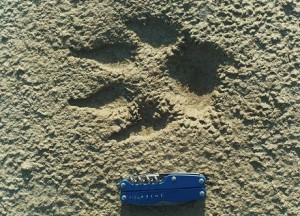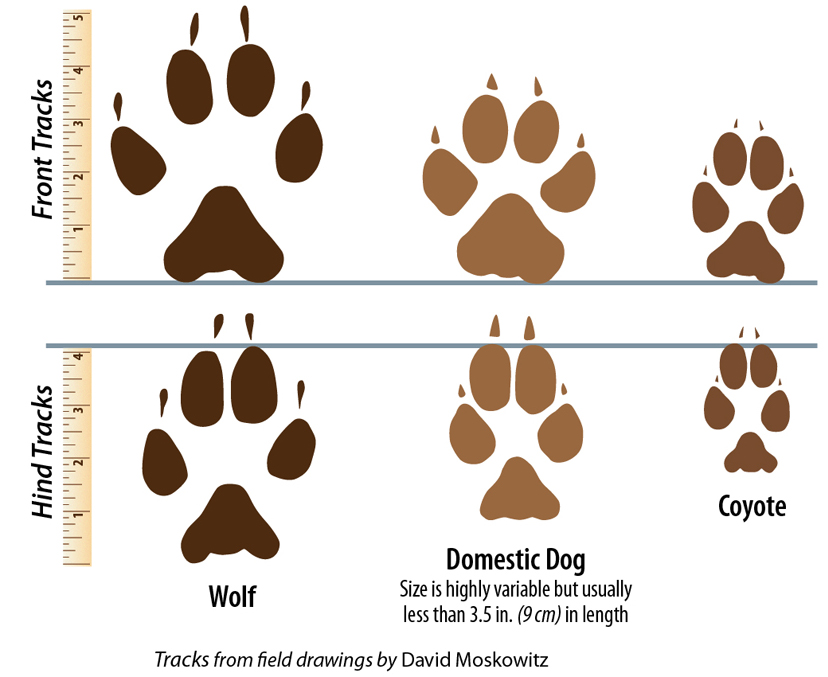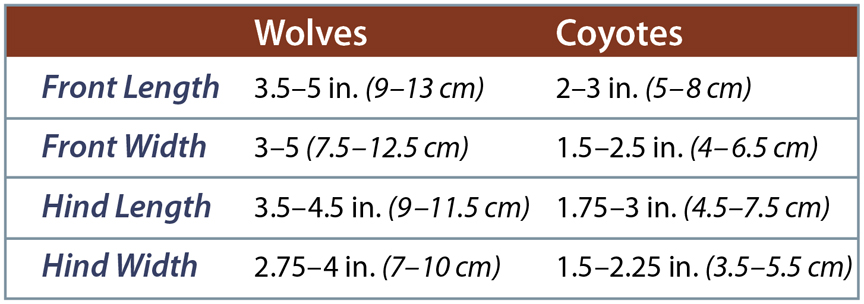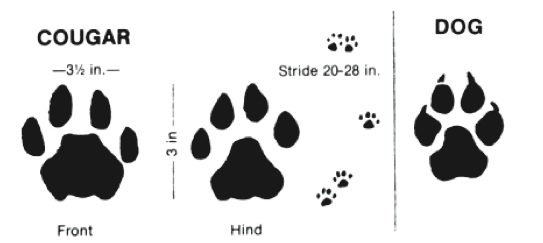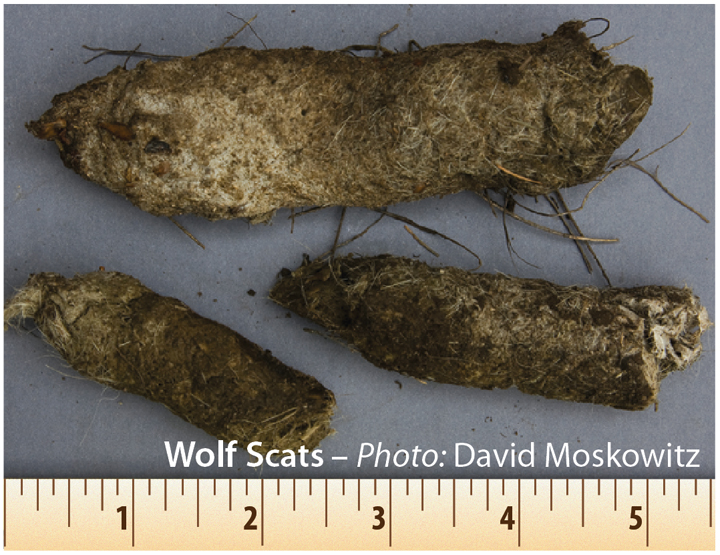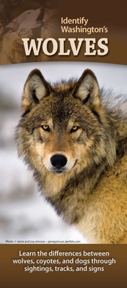Courtesy of WDFW “Crossings Paths” Newsletter, February 2015
It’s good to be wise about wildlife year round to avoid problems, but it’s especially important at this time of year to be “coyote wise”.
Coyotes, which are abundant throughout Washington’s rural and urban areas, are paring up and breeding now in late winter to produce pups in April and early May. And coyotes that were born eight or nine months ago are striking out on their own at this time. That means there’s lots of coyotes moving about and making noise, yipping and howling to communicate with each other.
Like most wildlife, coyotes usually avoid people and don’t cause trouble. But coyotes are extremely opportunistic and adaptable to our ways and will take advantage of easy access to food sources. As a canine species, they also view domestic dogs as competitors. These two factors can lead to problems with coyotes now and through summer as young are reared.
Finding food is critical for all wildlife. But mature animals that are reproducing, and young animals that are learning independence, are really driven to feed.
Coyotes are actually omnivores – they’ll eat everything from fruit to large animals. Hungry coyotes will try almost anything.
NEVER intentionally feed coyotes. And think about how you might be unintentionally providing access to food, like unsecured garbage, uncovered compost piles, spilled seed from backyard bird feeders, pet food left outdoors, or even small pets like cats or toy breed dogs left to roam, especially from dusk to dawn.
Don’t feed feral cats (domestic cats gone wild). Coyotes prey on these cats as well as any feed you leave out for the feral cats.
If a coyote finds an easy food source close to people, it can easily become habituated, or so accustomed to people that it becomes abnormally bold. Coyote attacks on humans are extremely rare. Only two such attacks have been documented in Washington – in 2006 a habituated coyote bit two young children in Bellevue and was later euthanized.
Finding mates and producing and rearing young can make adult coyotes more territorial and less tolerant of free-running domestic dogs. Learning how to make a living in the world, independent of a family unit, can make juvenile non-breeding coyotes more competitive with free-ranging dogs.
Avoid running dogs off-leash in areas where you have heard or seen coyotes, especially now through May. Coyotes might aggressively confront dogs running through their denning area, and some dogs are just as likely to curiously sniff out coyotes and end up in nasty encounters.
Coyotes carry parasites and canine diseases, like distemper and parvovirus, that are rarely a risk to humans but could be deadly for domestic dogs. Be sure to keep dogs current on vaccinations and consult your veterinarian if you know of or even suspect a coyote encounter.
More information on becoming “coyote wise” is available at https://wdfw.wa.gov/species-habitats/species/canis-latrans



